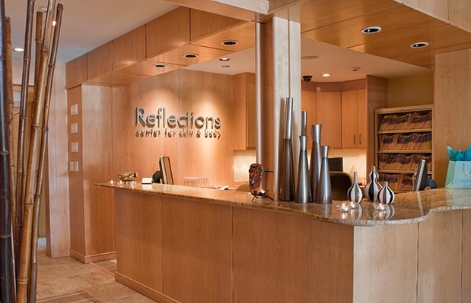It is a popular misconception that cosmetic laser and light therapies are not safe to use in people with dark skin. This may have once been the case, but it is no longer true.
The high demand for such therapies have led to the creation of treatments that are safe and effective for African Americans, Asians, Hispanics, Mediterraneans, Middle Easterners and people of mixed races.
Light-blocking melanin pigment
The challenge in treating darker skinned people comes from light-absorbing melanin pigment, found on the surface of the skin. The Melanin pigment can block the light energy of the laser from getting through to the desired treatment areas, which usually lie below the skin. This can greatly reduce the effectiveness of the treatment.
By absorbing so much energy, the melanin pigment also creates the risk of injuring the surface of the skin. The laser may inadvertently target the pigment, possibly damaging the skin’s surface, resulting in adverse effects like hypopigmentation (lightening of the skin), hyperpigmentation (darkening of the skin) and depigmentation (removal of skin color). To avoid these complications, the right technologies must be used.
The Right Wavelength
The safest and most effective way to treat dark-skinned patients is to use a laser with a long wavelength, because longer wavelengths are absorbed less by melanin than shorter wavelengths. For example, Nd:Yag (GentleYag) used for laser hair removal and vascular lesions has a wavelength of 1064 nm. This has a much better safety profile in dark skin individuals than the Alexandrite (GentleLase) laser, which has a shorter wavelength of 755 nm. Similarly, the Q-switchedYag with its longer wavelength is well documented to safely and effectively remove tattoo and deep-pigmented dermal lesions.
Pulse Duration Makes a Difference
Pulse duration is the length of time each burst of laser energy is delivered into the skin. The longer the pulse duration, the slower the energy is deposited into the skin. This allows the skin to lose heat from the previous pulse even while a new pulse is being delivered. This slow delivery of energy prevents the skin from overheating while still depositing the desired energy level. Also, a cooling device or ice is typically used to help protect the skin as well. This allows the treatment to be safe and effective.
Laser Hair Removal
When it comes to laser hair removal, no one laser is ideal for all individuals and treatment areas. Make sure the center you choose has several hair removal devices in order to safely and effectively treat all skin types, including yours. It makes a lot of sense, but unfortunately this is rarely the case.
Fractional Resurfacing
The Fraxel laser skin treatment uses an innovative technology called fractional resurfacing. The settings for this device can be adjusted for darker skin. Unwanted acne and surgical scars as well as age spots, melasma and fine lines can be treated effectively with little risk of complications.
The Bottom Line: Get the Right Laser for You
Lasers can be used safely to treat individuals of all skin colors, however, the choice of technology has to be tailored to your particular skin type. Make sure you choose a facility that has several lasers to choose from and is not employing a “one-laser-fits-all” philosophy. Also make sure your physician has experience in treating people with your particular skin type.







